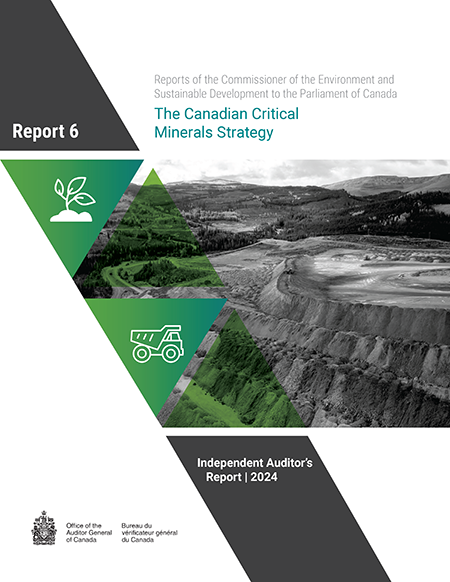2024 Reports 6 to 10 of the Commissioner of the Environment and Sustainable Development to the Parliament of Canada
Report 6—The Canadian Critical Minerals Strategy
Key facts and findings
- In 2022, the federal budget allocated up to $3.8 billion over 8 years to support the implementation of the Canadian Critical Minerals Strategy. The strategy’s vision is to increase the supply of responsibly sourced critical minerals and support the development of value chains for domestic and global critical minerals for the green and digital economy.
- There are risks that increased mining activities will result in negative impacts on climate, the environment, and biodiversity. Specifically, damages to Canada’s globally significant carbon sinks, such as forests, wetlands, and peatlands, could release additional carbon and eliminate or reduce their potential to remove carbon dioxide from the atmosphere.
- Many critical minerals are in regions that are also home to Indigenous communities, which have been and continue to be affected by mining activities.
- Unless it is strengthened, Natural Resources Canada’s Critical Minerals Geoscience and Data Initiative is unlikely to provide a complete picture of areas with critical mineral opportunities with the greatest potential benefits and the lowest environmental and social impacts.
Why we did this audit
- The Canadian Critical Minerals Strategy includes 5 core objectives, including those to advance reconciliation with Indigenous peoples and to promote climate action and environmental protection.
- Increasing mining activities for critical minerals could undermine the Government of Canada’s commitment to achieving net‑zero emissions, halting and reversing biodiversity loss, prioritizing economic reconciliation with Indigenous peoples, respecting Indigenous and treaty rights, and contributing to socio‑economic well-being of Indigenous communities.
- A robust governance structure and effective risk management are needed to support the achievement of the strategy’s objectives and results.
Highlights of our recommendations
- As part of its regular updating of the Canadian Critical Minerals Strategy, Natural Resources Canada should continuously assess environmental risks to support effective decision making aimed at avoiding, minimizing, and mitigating adverse effects and cumulative impacts of increased critical mineral mining activities and related infrastructure developments.
- Natural Resources Canada should engage with relevant groups, including Indigenous peoples in the identified areas rich in critical mineral potential, to better integrate their priorities in the Critical Minerals Geoscience and Data Initiative modelling, mapping, and datasets.
Please see the Link opens a PDF file in a new browser windowfull report to read our complete findings, analysis, recommendations and the audited organizations’ responses.
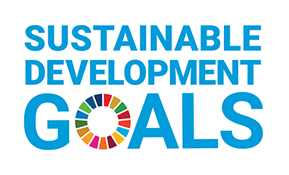


In September 2015, Canada adopted the United Nations’ 2030 Agenda for Sustainable Development, which includes 17 Sustainable Development Goals. Sustainable Development Goal 12 calls on governments to ensure sustainable consumption and production patterns. Sustainable Development Goal 13 calls on governments to take urgent action to combat climate change and its impacts. The Canadian Critical Minerals Strategy supports the implementation of the Sustainable Development Goals. These international goals have been reflected in the 2022 to 2026 Federal Sustainable Development Strategy.
Visit our Sustainable Development page to learn more about sustainable development and the Office of the Auditor General of CanadaOAG.
Exhibit highlights
The Canadian Critical Minerals Strategy focuses on activities in the upstream and the midstream segments of the critical mineral value chain
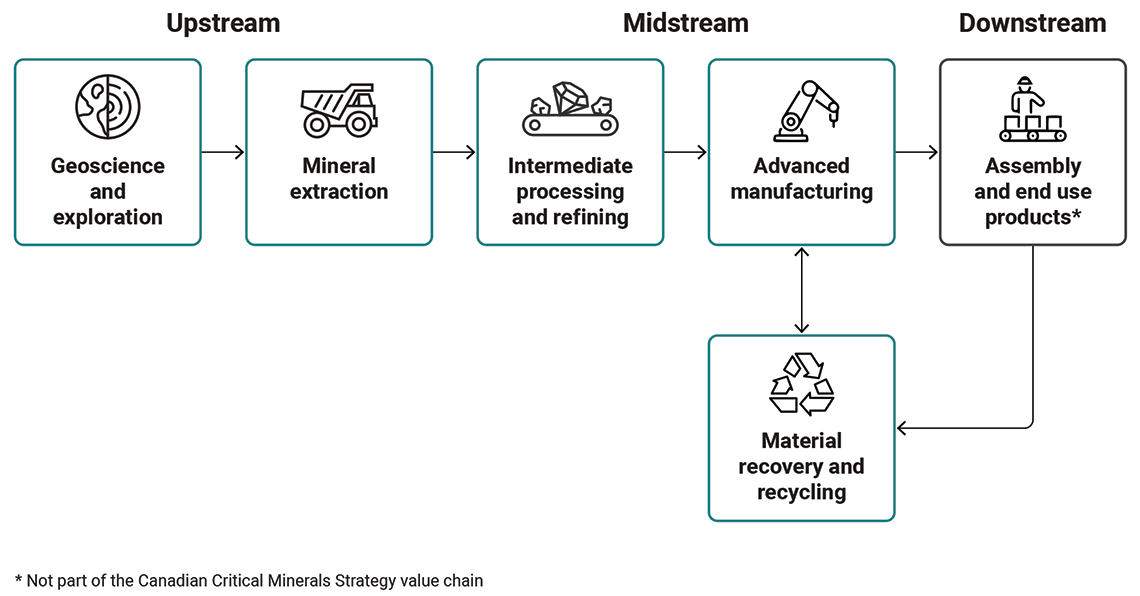
Source: Adapted from the Canadian Critical Minerals Strategy, 2022
Text version
The image shows the upstream, midstream, and downstream segments of the critical minerals value chain and shows that the Canadian Critical Minerals Strategy focuses on the upstream and midstream activities.
- There are 2 upstream segment activities: one is geoscience and exploration, and the other is mineral extraction.
- There are 3 midstream segment activities: one is intermediate processing and refining, another is advanced manufacturing, and the third is material recovery and recycling.
The downstream segment activities are assembly and end use products, but they are not part of the Canadian Critical Minerals Strategy value chain.
Two of the 5 objectives of the Canadian Critical Minerals Strategy are the focus of this audit
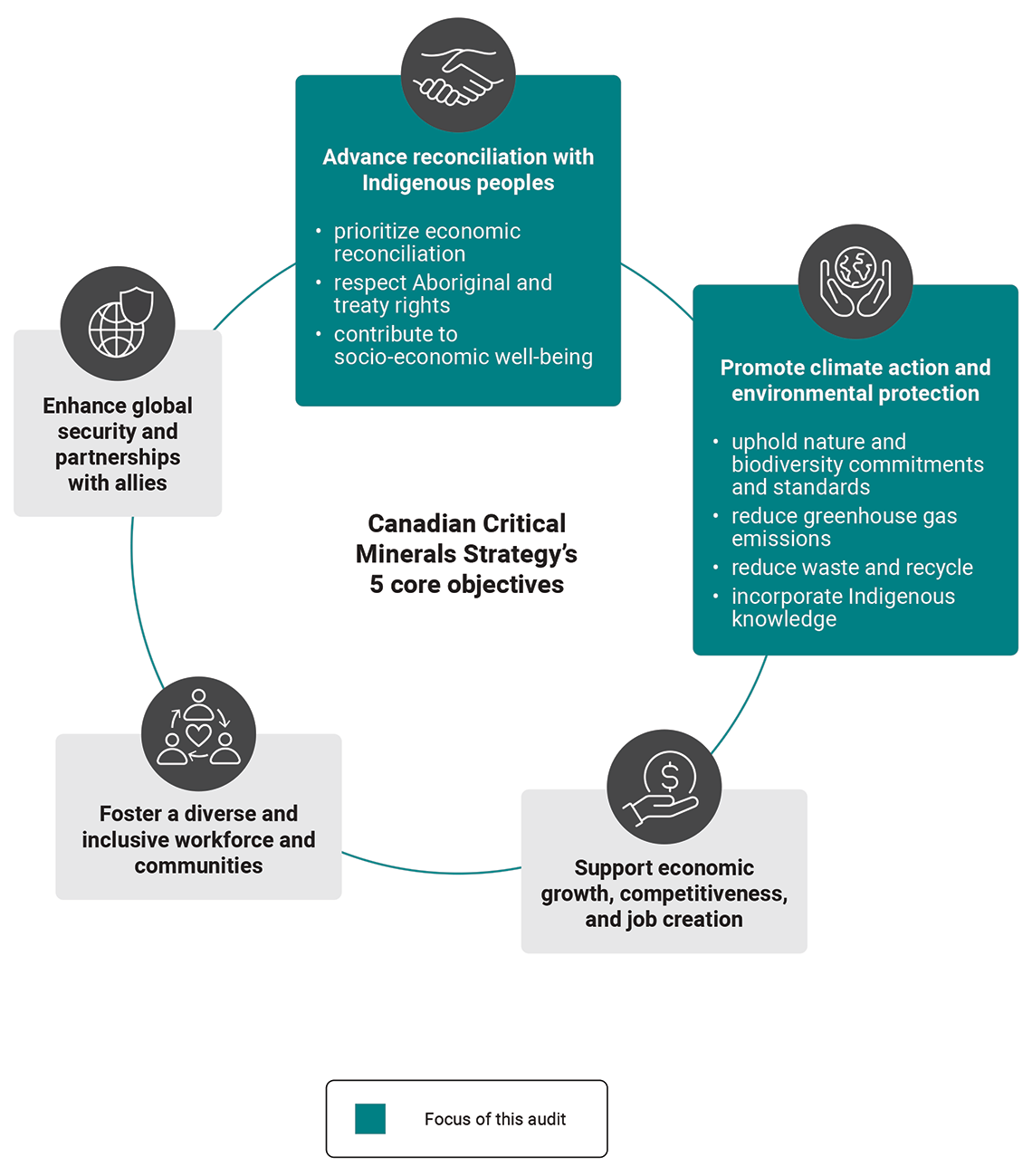
Source: Adapted from the Canadian Critical Minerals Strategy, 2022
Text version
The image shows the 5 objectives of the Canadian Critical Minerals Strategy, 2 of which are the focus of this report.
One of the strategy’s objectives that this report focuses on is advancing reconciliation with Indigenous peoples, which includes
- prioritizing economic reconciliation
- respecting Aboriginal and treaty rights
- contributing to socio‑economic well‑being
The second objective that this report focuses on is promoting climate action and environmental protection, which includes
- upholding nature and biodiversity commitments and standards
- reducing greenhouse gas emissions
- reducing waste and recycling
- incorporating Indigenous knowledge
The other objectives of the Canadian Critical Minerals Strategy are
- supporting economic growth, competitiveness, and job creation
- fostering a diverse and inclusive workforce and communities
- enhancing global security and partnerships with allies
Canada’s critical mineral exports, imports, and trade balance, 2022
| Six priority critical minerals | Total exports | Total imports | Trade balance |
|---|---|---|---|
| Cobalt | $799.9 million | $114.5 million | $685.4 million |
| Copper | $9,500.0 million | $6,000.0 million | $3,500.0 million |
| Graphite | $94.6 million | $839.4 million | ($744.7 million) |
| Lithium | $2.2 million | $473.3 million | ($471.1 million) |
| Nickel | $7,100.0 million | $1,500.0 million | $5,600.0 million |
| Rare earth elements | $2.0 million | $8.1 million | ($6.1 million) |
Source: Based on data from Natural Resources Canada and Statistics Canada
A governance structure was established to support implementing the Canadian Critical Minerals Strategy
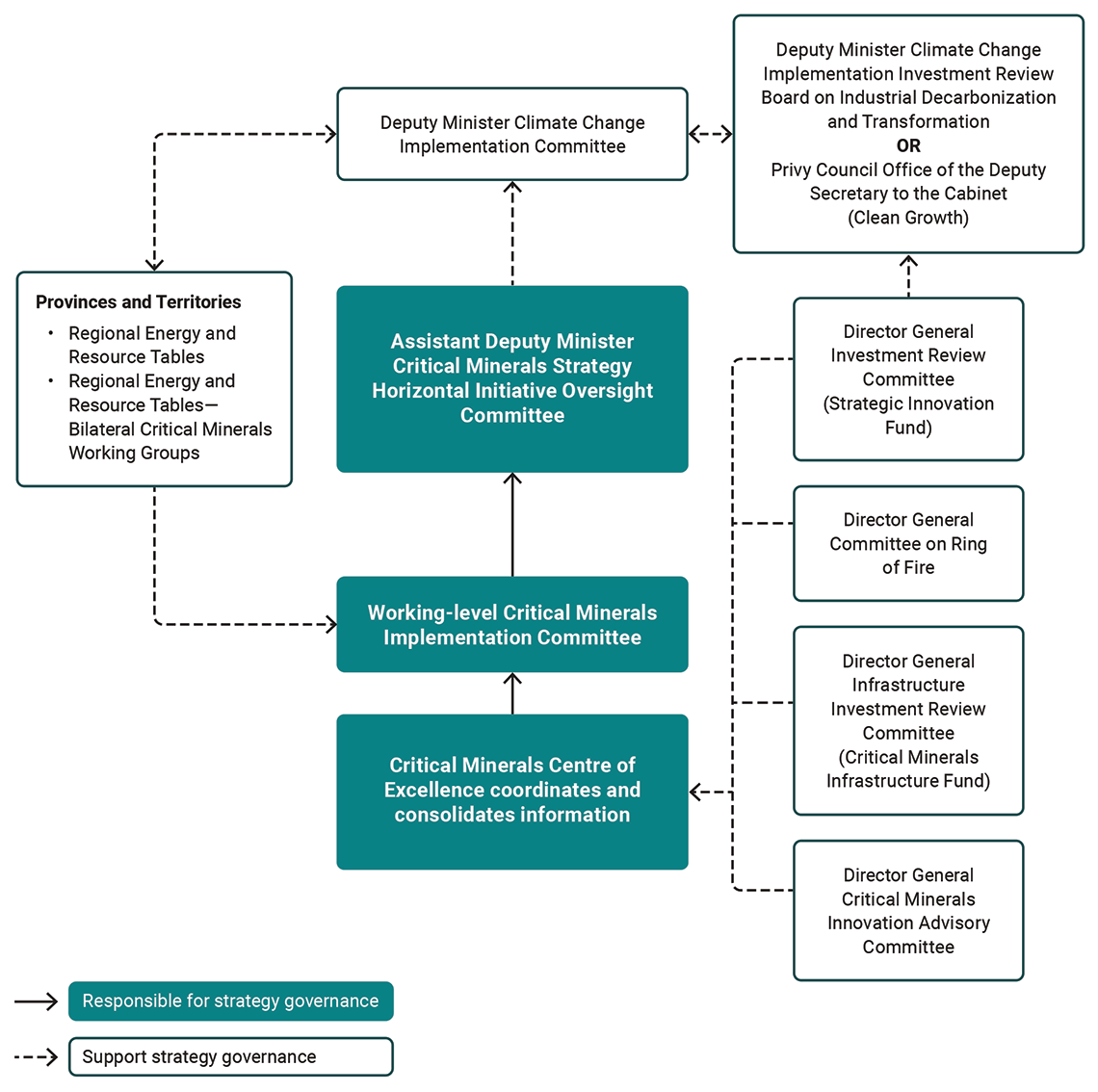
Source: Adapted from information from Natural Resources Canada
Text version
The chart shows the committees and groups responsible for governance and those supporting the implementation of the Canadian Critical Minerals Strategy. The committees and groups responsible for strategy governance are as follows:
- The Critical Minerals Centre of Excellence coordinates and consolidates information and supports the Working-Level Critical Minerals Implementation Committee.
- The Working-Level Critical Minerals Implementation Committee reports to the Assistant Deputy Minister Critical Minerals Strategy Horizontal Initiative Oversight Committee.
The Assistant Deputy Minister Critical Minerals Strategy Horizontal Initiative Oversight Committee reports to the Deputy Minister Climate Change Implementation Committee, which supports strategy governance. This committee interacts with the Deputy Minister Climate Change Implementation Investment Review Board on Industrial Decarbonization and Transformation or the Privy Council Office of the Deputy Secretary to the Cabinet (Clean Growth).
The Deputy Minister Climate Change Implementation Committee interacts with federal, provincial, and territorial regional energy and resource tables, and bilateral critical minerals working groups from the regional energy and resource tables.
The federal, provincial, and territorial resource tables and working groups provide input to the Working‑Level Critical Minerals Implementation Committee.
As stated, the Critical Minerals Centre of Excellence coordinates and consolidates information. It does so from the following committees and groups that also support strategy governance:
- the Director General Investment Review Committee (Strategic Innovation Fund), which reports to the Deputy Minister Climate Change Implementation Investment Review Board on Industrial Decarbonization and Transformation or the Privy Council Office of the Deputy Secretary to the Cabinet (Clean Growth)
- the Director General Committee on Ring of Fire
- the Director General Infrastructure Investment Review Committee (Critical Minerals Infrastructure Fund)
- the Director General Critical Minerals Innovation Advisory Committee
Infographic

Text version
The Canadian Critical Minerals Strategy
Natural Resources Canada did not do enough analysis on the impacts of the Canadian Critical Minerals Strategy on climate, biodiversity, and Indigenous communities.
Critical minerals are used to produce the technologies needed for the transition to a net‑zero economy:
- Renewable energy
- Electric vehicles and batteries
- Information and communication technologies
The 5 objectives of the Canadian Critical Minerals Strategy:
- Support economic growth, competitiveness, and job creation
- Enhance global security and partnerships with allies
- Foster a diverse and inclusive workforce and communities
- Advance reconciliation with Indigenous peoples
- Promote climate action and environmental protection
Our audit focused on these 2 objectives:
- Advance reconciliation with Indigenous peoples
- Promote climate action and environmental protection
On the first objective, the audit found:
- Indigenous peoples were consulted during the strategy’s development.
- The work to inform a plan for ongoing engagement had just begun.
On the second objective, the audit found:
- Insufficient analysis of biodiversity and climate impacts
- Gaps in risk management
- Incomplete performance indicators and targets
If risks are not well identified and managed, increasing the supply of critical minerals in support of the transition to a net-zero economy could come at the expense of the climate, biodiversity, Indigenous communities, and future generations.
Related information
Tabling date
- 7 November 2024
Related audits
- 2024 Report of the Commissioner of the Environment and Sustainable Development
Report 1—Contaminated sites in the North - 2019 Spring Reports of the Commissioner of the Environment and Sustainable Development
Report 2—Protecting Fish from Mining Effluent

